
AeroGenie — Seu copiloto inteligente.
Tendências
Categories
US and China Lead as India’s Aviation Market Shows Rapid Growth, Jefferies Reports

US and China Lead as India’s Aviation Market Shows Rapid Growth, Jefferies Reports
The United States and China continue to dominate the global aviation sector, jointly holding the top positions in passenger numbers. Nevertheless, India has emerged as the world’s third-largest aviation market, driven by a surge in air travel demand, rapid infrastructure development, and expanding international connectivity, according to a recent report by Jefferies.
India’s Aviation Market Poised for Explosive Growth
Jefferies projects that India’s aviation market could triple in size over the next two decades. Although India accounts for nearly 20% of the global population, it currently contributes only 4% to worldwide air traffic, highlighting the country’s vast potential for growth. This expansion is fueled by low air travel penetration, a growing middle class, and substantial investments in airport infrastructure and fleet expansion by both government and private sector stakeholders.
Leading industry players such as IndiGo and GMR Airports stand to benefit significantly from this upward trajectory. IndiGo, India’s largest airline by market share, is aggressively expanding its fleet and international routes. The airline aims to increase the proportion of its international operations from 30% to 40% of total capacity by 2030, underscoring the rising importance of global connectivity for Indian travelers and inbound tourism.
Competitive Dynamics and International Interest
India’s aviation boom has attracted considerable attention from global airlines and investors. International carriers are making strategic efforts to increase their market presence, while Indian airlines are scaling up capacity to meet growing demand. For instance, airlines such as Royal Jordanian and IndiGo have announced new routes and expanded services, intensifying competition across both domestic and international segments.
However, foreign carriers face significant challenges in the Indian market, including strong competition from established local airlines, regulatory complexities, and the necessity to secure additional bilateral rights to operate more flights. These obstacles have encouraged international players to form strategic partnerships and alliances with Indian carriers to extend their reach and capitalize on the country’s rapidly expanding passenger base.
Infrastructure and Market Outlook
India’s aviation sector is undergoing a transformative phase, supported by robust government and private investment in airport capacity and modernization. The introduction of new air routes, enhanced airport infrastructure, and aggressive fleet acquisitions are expected to sustain the projected surge in passenger traffic. Forecasts from the International Air Transport Association (IATA) and Airbus indicate that India’s air traffic could triple over the next 20 years, driven by both leisure and business travel.
Despite short-term challenges such as supply chain delays and infrastructure gaps, the long-term fundamentals remain strong. The global airline industry is experiencing a resurgence, with robust leisure demand and a rebound in business travel fueling growth worldwide. India’s unique demographic and economic factors position it as the next major force in global aviation, with domestic and international carriers alike competing for a share of this rapidly expanding market.
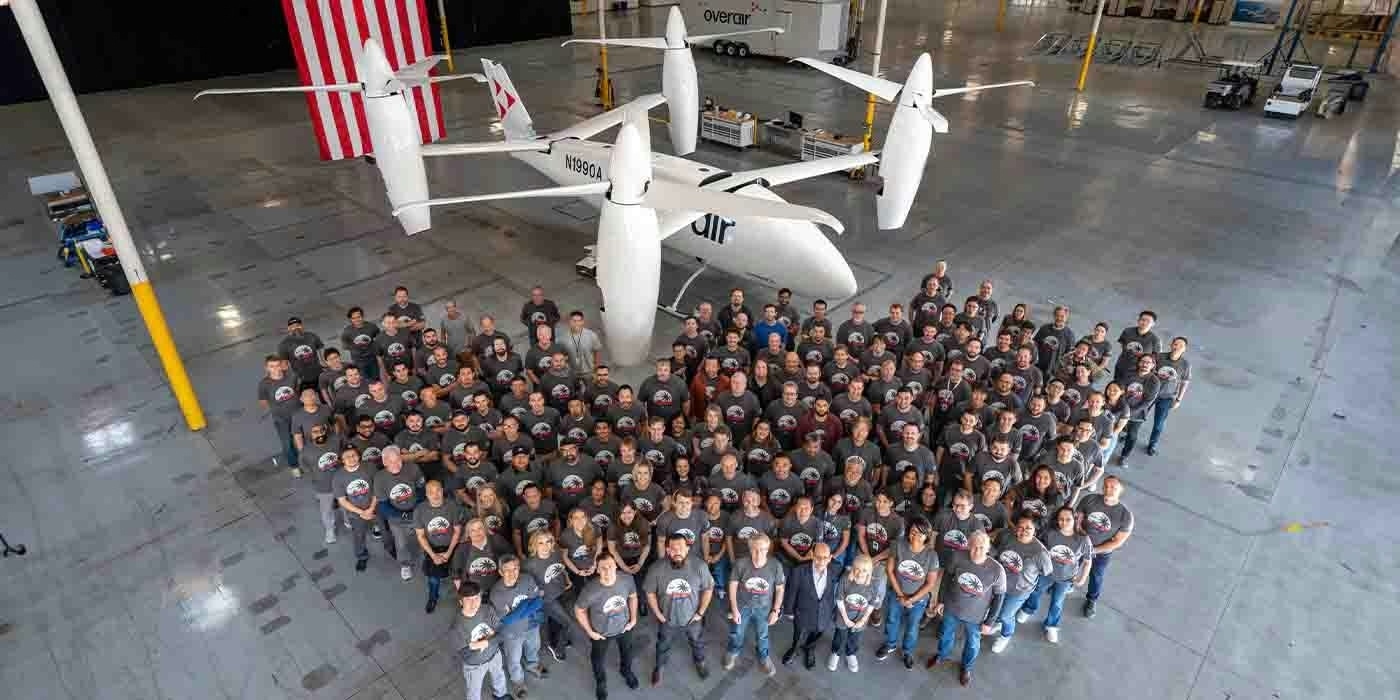
Unique mixed-propulsion eVTOL completes transition flight testing
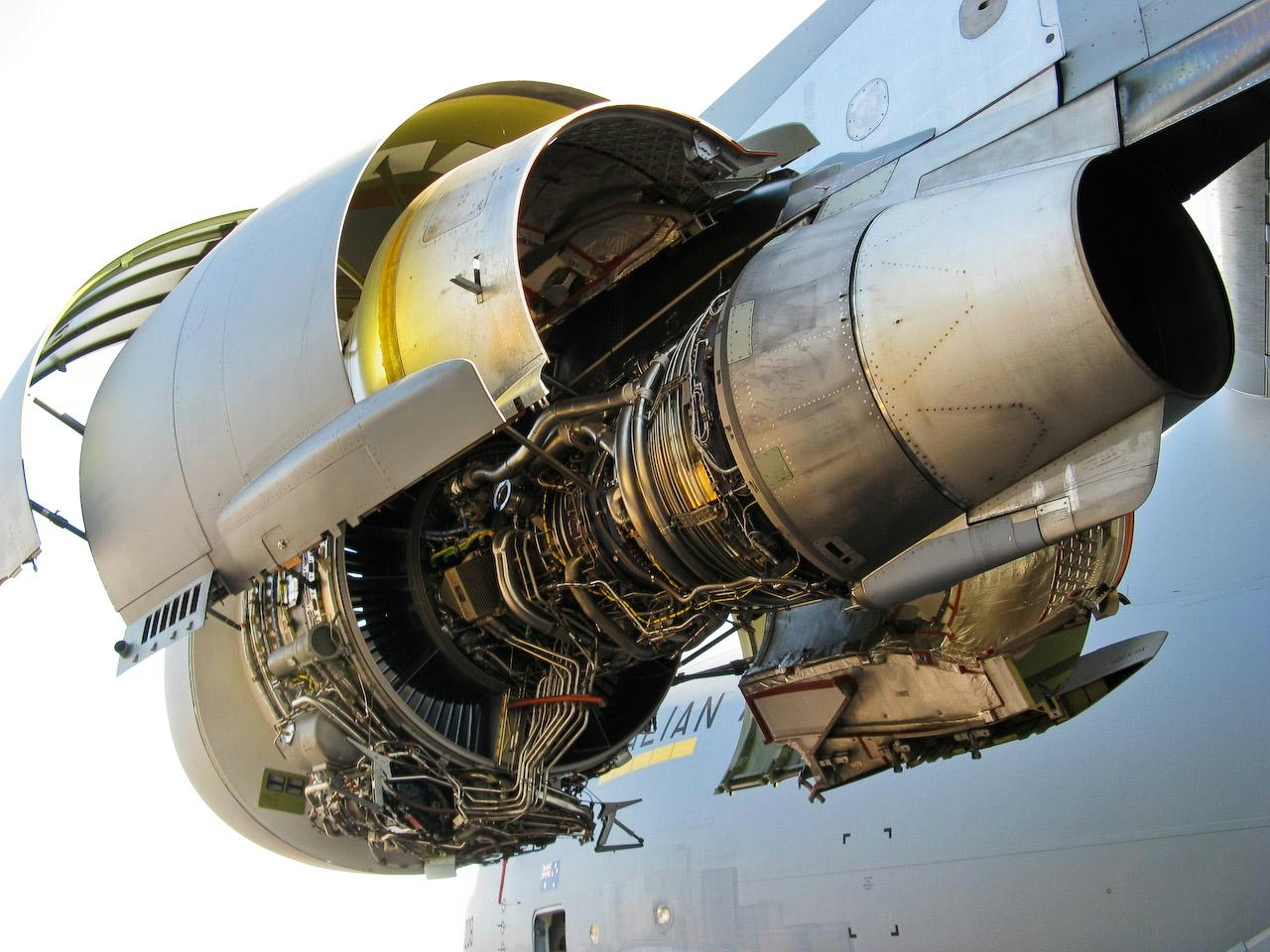
Are C-17 Globemaster Engines Derived from Boeing 757?
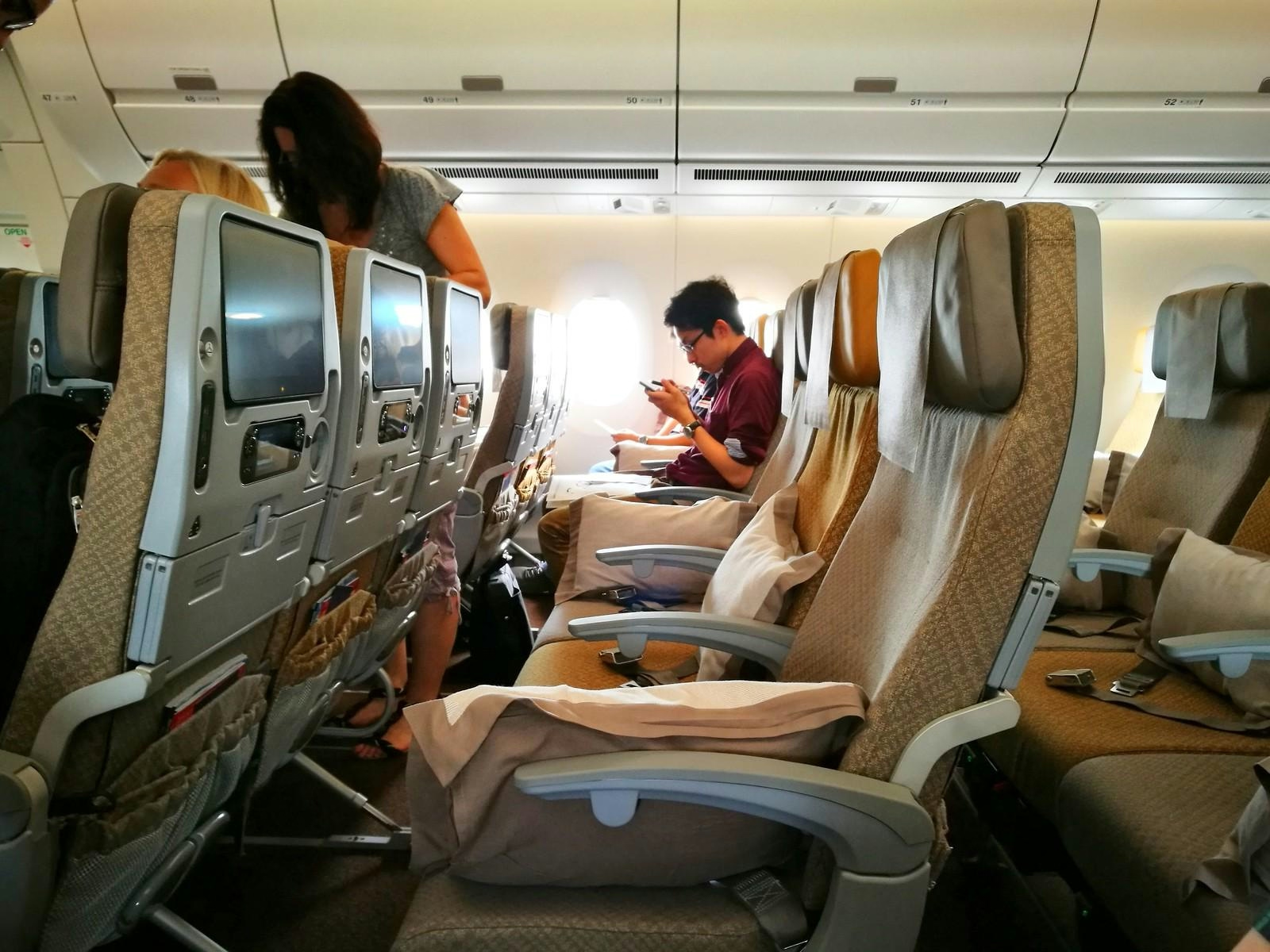
Why the Airbus A350’s Cabin Is Quieter Than Other Aircraft
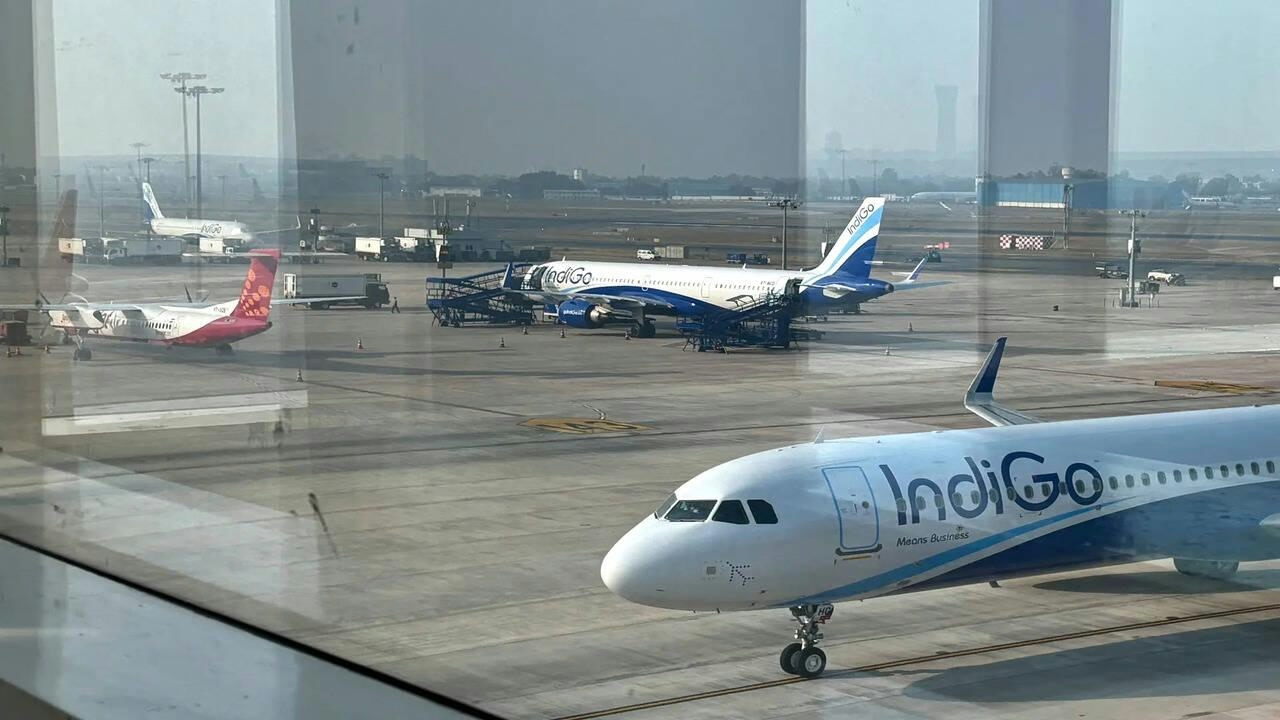
AI and AI Express Plan to Increase Capacity Amid IndiGo Flight Disruptions
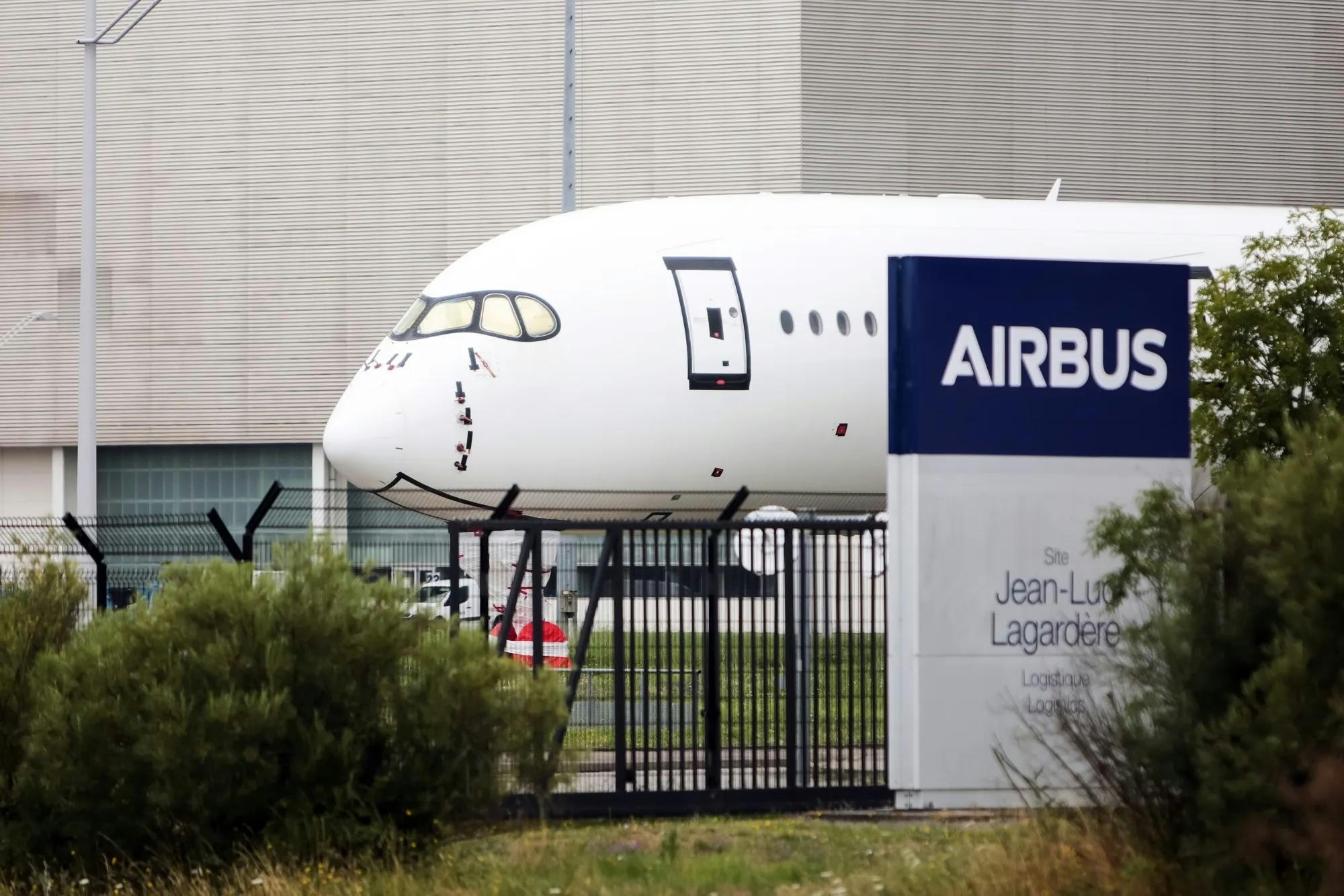
Kazakhstan and France Agree on Airbus Aircraft Deliveries

Europe’s Emerging Talent Drives Aviation Innovation
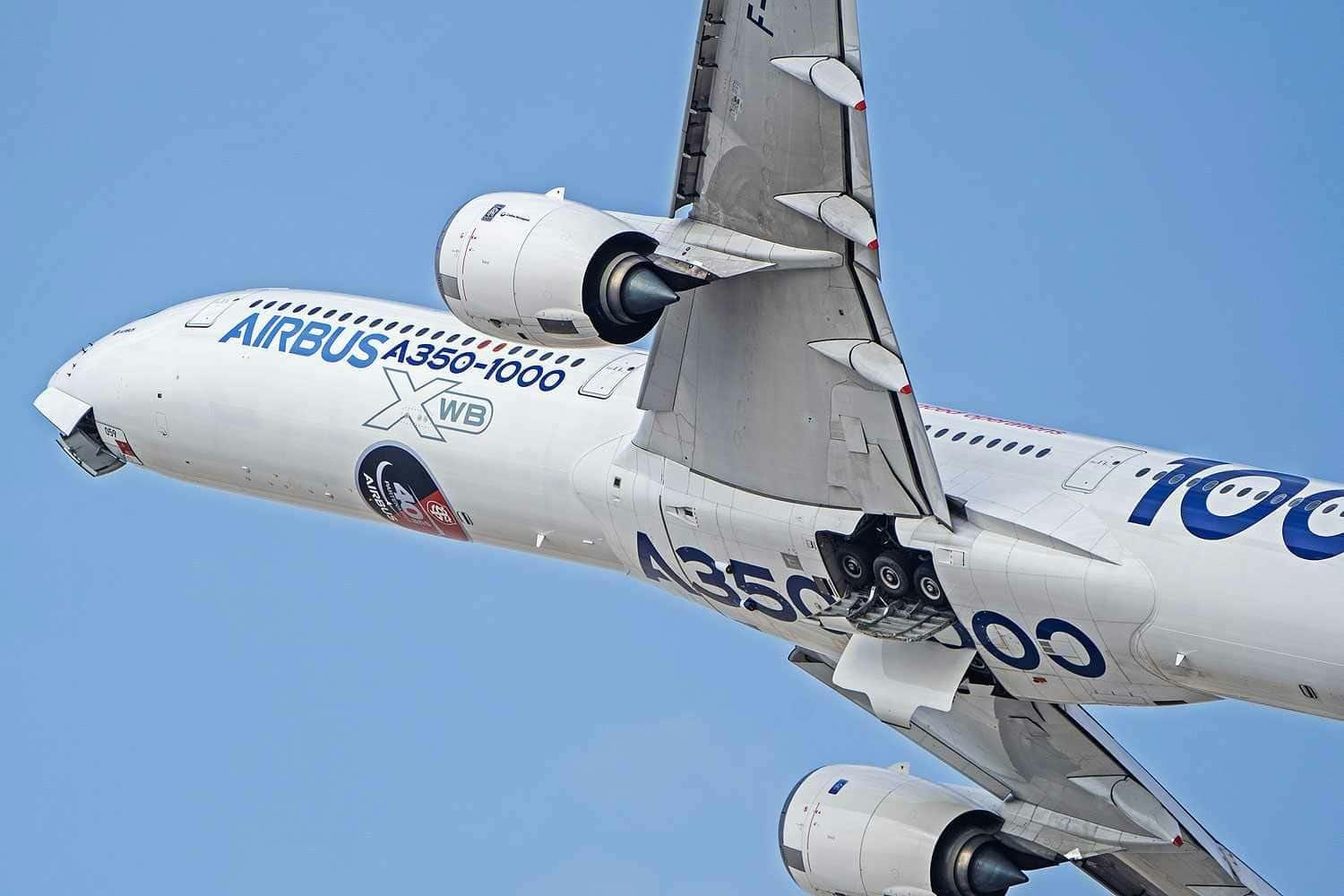
Airbus Receives New Order for A350-1000
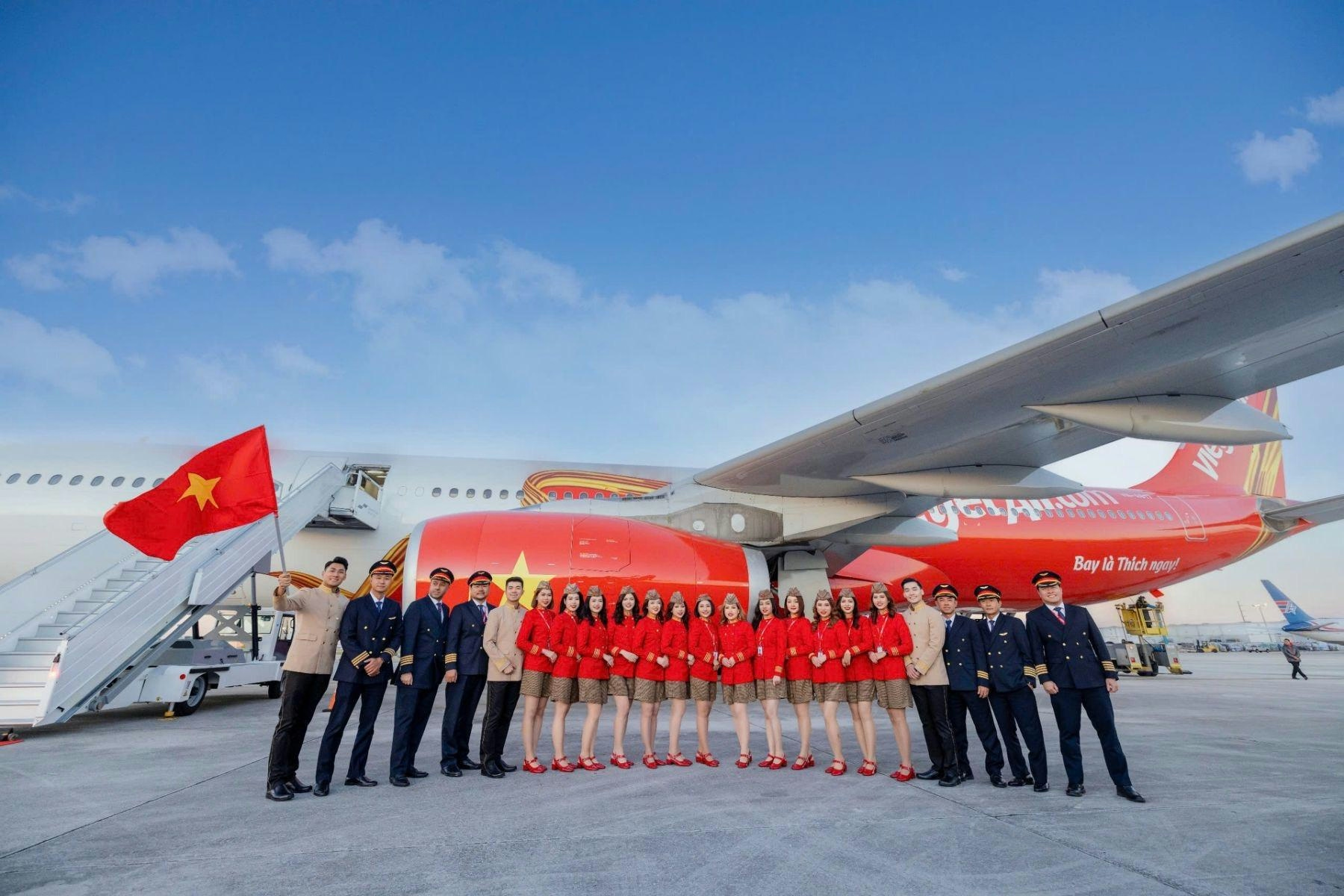
The Leading Widebody Aircraft in Service Today
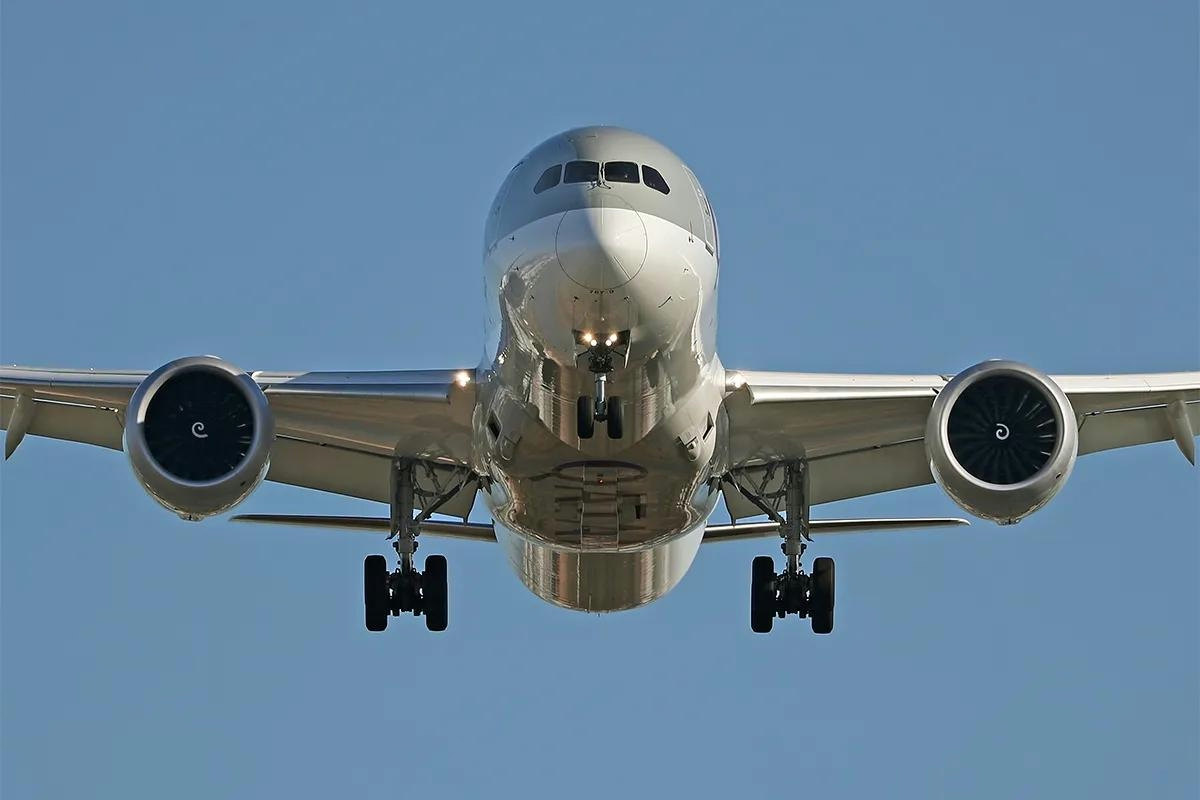
The Fastest Boeing Jet Currently in Service
